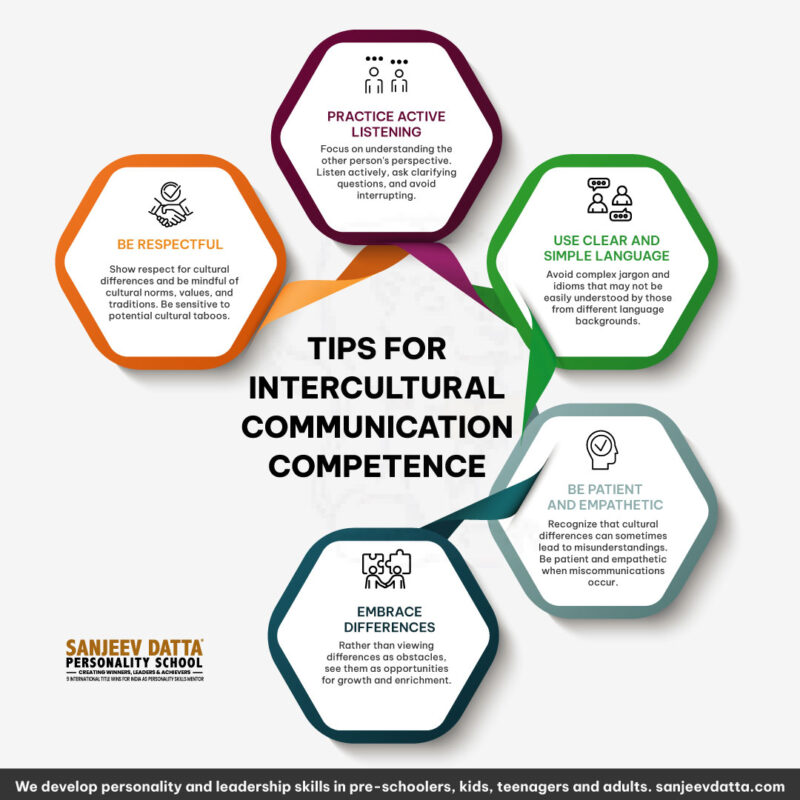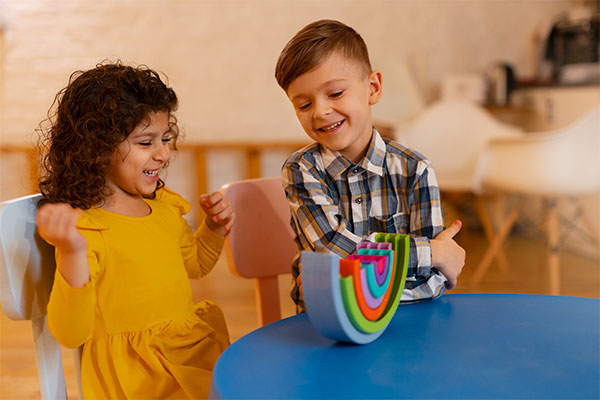In a world that thrives on empathy and inclusivity, teaching these essential values is crucial for creating a harmonious and accepting society. This guide will explore effective strategies and practical methods on how to teach empathy and inclusivity to cultivate empathetic individuals who champion inclusiveness. A child’s emotional growth and social interactions depend heavily on empathy, a fundamental talent. By nurturing empathy in children, we can foster kindness, compassion, and positive relationships, equipping them with a valuable life skill that promotes collaboration and understanding.
Making sure that all children, regardless of their identities, ethnicities, or abilities, feel respected, appreciated, and included in the aim of inclusion. Includement is a lesson that should be taught to kids since it helps to create a welcoming and supportive environment where all kids can flourish despite their differences. For environments to be inviting, accommodating, and accessible for all people, empathy and inclusion are essential. By incorporating empathy into the design process, designers can understand the unique needs, preferences, and challenges of different users.

Teaching empathy and inclusivity is essential for fostering empathy, and understanding, and creating a more inclusive society. These principles encourage kindness, reverence, and acceptance of others, regardless of their origins or identities. By instilling empathy and inclusivity in education, we can empower individuals to cultivate a deeper sense of empathy, recognize diverse perspectives, and promote inclusivity in their daily lives.
This understanding allows for the creation of spaces that are personalized, intuitive, and responsive to the human experience. Inclusivity further ensures that spaces cater to the diverse range of abilities, backgrounds, and identities that people possess.
By removing barriers and adopting a universal design approach, designers can create environments that are usable and enjoyable for everyone, regardless of their physical, sensory, or cognitive abilities. Promoting diversity and representation in the design process helps to minimize biases and create truly inclusive spaces. In the end, empathy and inclusion are fundamental values that direct the construction of environments that promote human connection, comprehension, and a sense of belonging for all people. Join us to enhance your kids’ personal and professional success with our personality development classes.

Open Hearts, Open Minds: Teaching Empathy and Inclusivity
- Model Empathy and Inclusivity:

Empathy and inclusivity can be taught most effectively when we practice them ourselves. Children and students learn by observing their surroundings, so it is crucial to demonstrate empathy and inclusivity in our actions and interactions. This involves actively listening, showing kindness, and considering diverse perspectives. By being a role model, we can inspire and encourage others to exhibit similar behaviors.
Visit: role of unstructured play in child development
2. Promote Perspective-Taking Activities:

Engaging in perspective-taking activities helps individuals understand different viewpoints and experiences. Encourage discussions and group activities where students can explore diverse perspectives. For example, you can assign reading materials or enact scenarios that cover various cultures, disabilities, or identities. This will contribute to overall personality development for kids. Prompt students to reflect on how they would feel in those situations, fostering empathy and a deeper understanding of others.
3. Encourage Empathy-Building Literature:

Literature is an effective tool for developing empathy. Incorporate books and stories that highlight different cultures, experiences, and identities. This allows students to connect emotionally with characters and gain insight into their struggles and triumphs. Encourage classroom discussions and reflections on the themes of empathy and inclusivity presented in these books, fostering empathy and broadening perspectives.
4. Create a Safe and Inclusive Learning Environment:

Establish ground rules that promote respect, open-mindedness, and active listening. Encourage students to ask questions and engage in thoughtful discussions without judgment. Celebrate diversity and create opportunities for students to share their unique backgrounds and experiences, fostering an inclusive atmosphere where empathy can thrive. By enrolling your child in a top personality development school, you can provide them with a holistic education that nurtures their empathy and fosters inclusivity.
5. Incorporate Service-Learning Projects:

Service-learning projects provide practical experiences that allow students to develop empathy and understand the needs of others. Engage students in community service activities that address social issues, such as volunteering at local shelters or organizing fundraising campaigns for charitable organizations. These projects expose students to different realities and inspire them to make a positive impact on society.
Visit: benefits of intercultural competence
6. Address Stereotypes and Biases:

Teaching empathy and inclusivity also involves challenging stereotypes and biases. Engage students in critical discussions about stereotypes and their impact on individuals and communities. Encourage them to question assumptions and foster an environment where diverse perspectives are valued and respected. By addressing biases, we can promote empathy and create an inclusive space for everyone.
Visit: tips to develop child curiosity
Conclusion
Teaching empathy and inclusivity requires intentional and consistent efforts to instill these values in children. By incorporating strategies such as leading by example, perspective-taking, emotional literacy, active listening, exploring other cultures and perspectives, and engaging in community service and volunteering, we can effectively teach empathy and inclusivity to children.
Emphasizing empathy and inclusivity throughout children’s daily life is crucial. Activities, conversations, and practical experiences that promote understanding, acceptance, and appreciation for many viewpoints should all be included. By consistently reinforcing these strategies on how to teach empathy and inclusivity we can empower children to develop strong empathy skills, understand and appreciate diverse perspectives, and actively contribute to creating an inclusive and compassionate society.
Why Sanjeev Datta Personality School?
- INTERVIEW TRAINING
- Leadership
- Presentation Training
- Social Boldness
- Dressing Etiquette
- Office Etiquette
- Communication Skills
- English Speaking
- Anger Management
- Time Management
- Team Building
- Performance Enhancer
- Soft Skills
- Goal Setting
- Career Counselling
- Student Subject Choice Counselling
- Listening Skills
- Video Presentation
- Meditation
For more details, contact us now!


